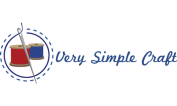Are you tired of looking for the best affordable sewing machine? Luckily, this article will guide you in choosing the sewing machine that you need.
A perfect sewing machine should be sturdy enough to handle different fabrics without spending too much. It should be responsive when sewing even thick fabrics.
Affordable Sewing Machine Reviews
SINGER 4423
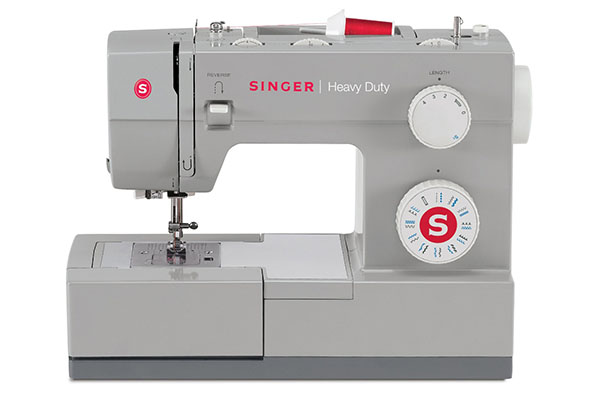
The Singer 4423 is an ultra-fast sewing machine with stainless steel bedplate. It has a powerful motor and metal body, making it perfectly quiet and firm when stitching. It features 23 built-in stitches and automatic one-step buttonhole.
>>>> Click Here To See Customer Reviews & Current Price <<<<
Brother CS6000i
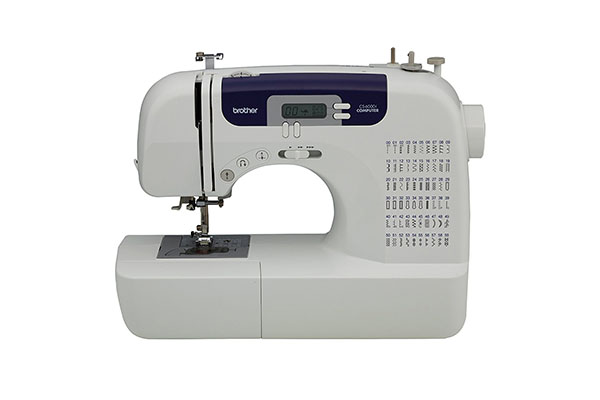
The Brother CS6000i is an all-in-one sewing machine that features 60 built-in stitches and one-step automatic buttonholes with seven styles. Stitch length and width are adjustable and you can see them through the LCD display.
>>>> Click Here To See Customer Reviews & Current Price <<<<
Brother LS2125i
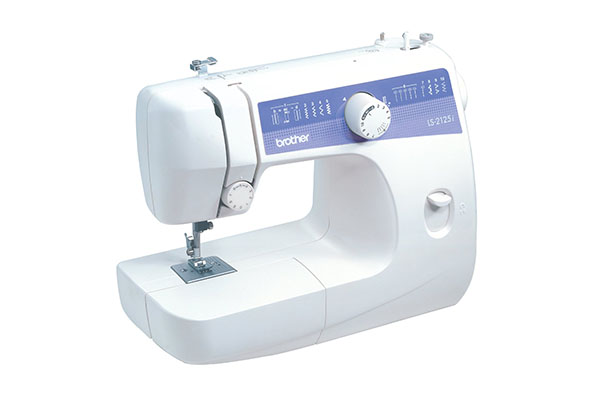
The Brother LS21251 is a simple, lightweight sewing machine that is great for ordinary needlework projects. It provides trouble-free threading and 10 built-in stitches, including blind hem and zigzag stitches. It also has a 4-step automatic buttonhole and is portable.
>>>> Click Here To See Customer Reviews & Current Price <<<<
SINGER 2259
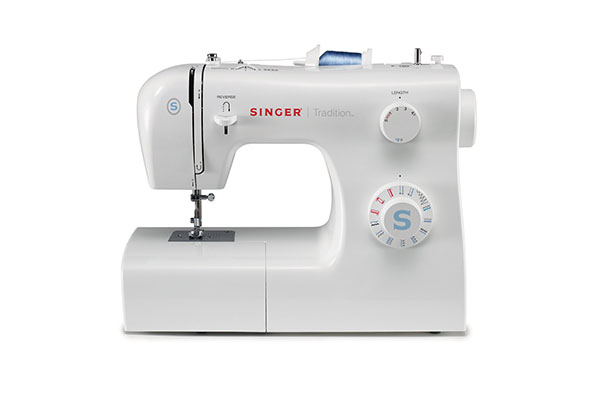
The Singer 2259 comes with customizable stitch length and zigzag stitch width. It works quickly with basic garment alterations. With 19 built-in stitches, it has four snap-on presser feet, allowing you to be creative especially with home decors.
>>>> Click Here To See Customer Reviews & Current Price <<<<
Brother XM2701
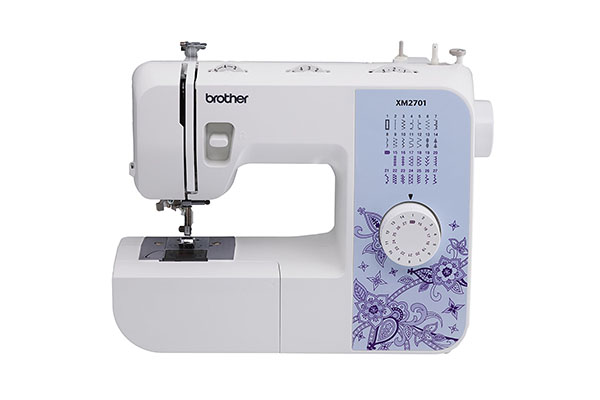
The Brother XM2701 is a lightweight sewing machine with six swift-change sewing presser feet. It comes with 27 built-in decorative and basic stitches. Its integral needle threader and well-lit work area contribute for easy sewing.
>>>> Click Here To See Customer Reviews & Current Price <<<<
Brother XL-3750
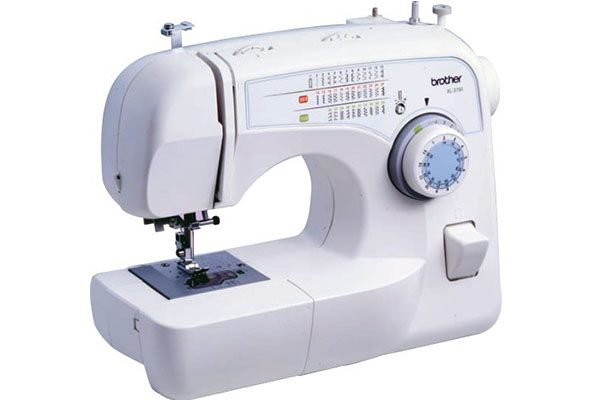
The Brother XL-3750 is a convertible sewing machine, which comes with additional quilting features. It has 35 built-in stitches, 73 stitch functions and 7 accessory presser feet. Stitch width and length are also controllable.
>>>> Click Here To See Customer Reviews & Current Price <<<<
SINGER 1234
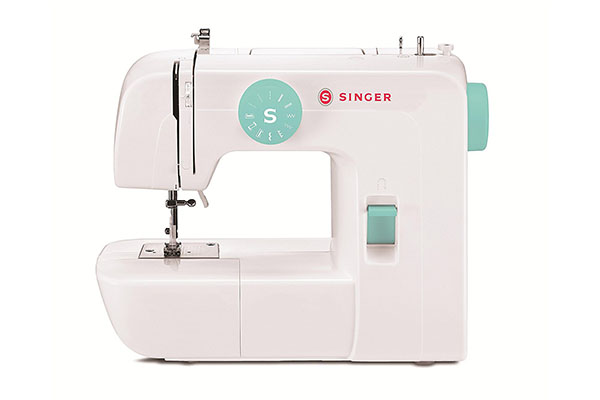
Priced at less than a hundred bucks, the traditional Singer 1234 sewing machine with hardwearing metal body is a quality buy. Its simple threading system and stitch selection with pre-set length and width makes sewing uncomplicated for amateurs.
>>>> Click Here To See Customer Reviews & Current Price <<<<
SINGER 8763
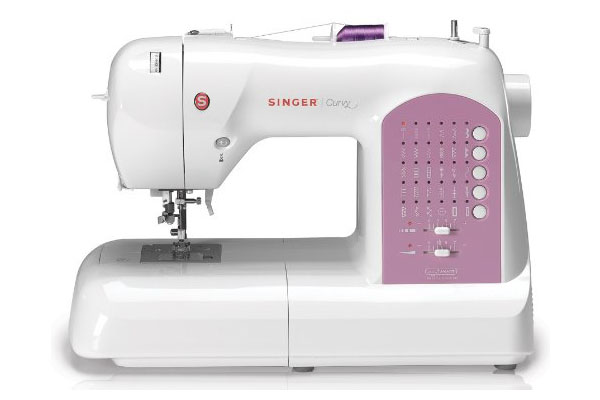
The Singer 8763 is a computerized sewing machine with automatic and speedy threading system. One-step auto buttonholes come in two styles. The stitch length and width are pre-set to provide appropriate settings with its 30 built-in stitches.
>>>> Click Here To See Customer Reviews & Current Price <<<<
SINGER 5400
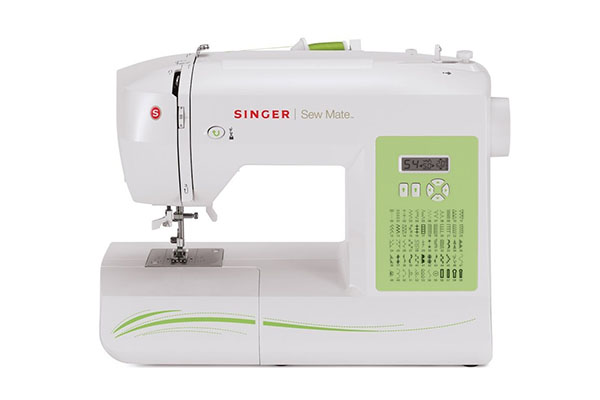
The Singer 5400 is perfect for sewing with embellishments as it comes with 60 built-in essential and decorative stitches. A metal frame supports it. The stitch length and width are automatically set for precision sewing.
>>>> Click Here To See Customer Reviews & Current Price <<<<
Brother XM1010
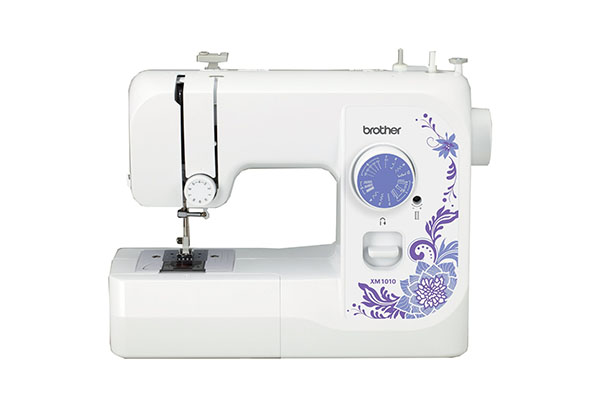
The Brother XM1010 is a portable, full-sized machine ideal for basic garment mending. Its unique 10 built-in stitches include blind hem, zigzag and stretch stitches. It is capable of reverse sewing and thread tension control.
>>> Click Here To See Customer Reviews & Current Price <<<<
Types of Sewing Machine
Electronic Sewing Machine – This standard sewing machine uses a DC motor. It also makes use of knobs/dials to adjust the stitch type, width and length.
Mechanical Sewing Machine – Most people find it helpful for it has no electric circuit boards that can go wrong. However, some can still have DC or AC motor.
Computerized Sewing Machine – This one offers different types of stitches, functions and features. This can have an LCD touch screen and built-in memory, making the process of sewing easier.
Industrial Sewing Machine – An industrial sewing machine is generally designed for one specific stitch. This machine has limited use but can do the work more efficiently and quickly.
Most industrial sewing machines are only capable of straight stitches. However, there are machines that can do both straight and zigzag stitches. They can also work 7 days a week with limited maintenance.
Over lockers – Over lockers are used for finishing the edge of the fabric. They also produce a professional finish to the fabric. These machines are perfect for joining the front and back of the garment together.
How to Choose the Best Sewing Machine
Construction Factors – The materials should match the construction of the machine. Metal sewing machines are recommended for heavy fabric while plastic bodied machines can handle light fabric.
Warranty – Before purchasing your sewing machine, make sure to check the warranty. Remember that even affordable sewing machines need to be covered by fair warranty.
Settings – An ideal machine must have a control setting, which is helpful when sewing different types of fabric. A control setting must be easy to operate.
Needle – The type and size of needles depend on the type of fabric that will be sewn. It is essential to choose the correct needle for the machine to avoid malfunctions.
Stitches – Check the machine’s maximum stitch length and width. Stitches can be basics like straight and zigzag. It can be decorative stitches too.
Motor Rating – For most sewing machines, the motor is important to ensure that the machine will last longer. Therefore, a heavy-duty motor can support heavy loads of work.
How to Clean a Sewing Machine
Turn off the machine. Disassemble the parts one at a time. Make sure to follow the proper instructions in the user’s manual to guarantee your safety.
Wipe the dust off of the case of the machine using a clean cloth. Set the disassembled parts aside while you are cleaning the interior parts of your machine.
Remove the dust and dirt from all parts of the sewing machine. You can use a lint brush to remove all the dust from the exposed areas of the interior parts of the machine.
Brush the feed dogs properly. Since the area has the most exposure to dust and lint, you need to keep it clean. Clean feed dogs mean clean and smooth stitching.
Next, clean the race area. Because it is complicated to clean, make sure that the dust won’t get further inside as you clean it. Move your cleaning equipment back to front and left to right.
To clean the tension disks, raise the presser foot. Vacuum it thoroughly all through the thread paths. Furthermore, if the unit has a side cover, you may remove it to clean the thread paths completely.
Tips in Using a Sewing Machine
For safety instructions and troubleshooting, please refer to the user’s manual. It will serve as your guide in cleaning and disassembling the sewing machine.
Carefully discard the needle whenever needed. Dull needles can result to poor sewing and stitching and can harm the user in worse cases.
When oiling the sewing machine, make sure that you will only use the recommended oil by the manufacturer. However, there are machines that no longer need to be oiled.
Keep your machine away from dust and moisture since these are its worst enemies. Exposure to too much dust and moisture can damage it.
Before starting to sew, make sure that the presser foot is in the down position. When the presser foot is in the upper position, it will cause the bobbin to jam and the thread to tangle.
Make sure that you are always using the correct bobbin for your sewing machine. Most bobbins look similar but an incorrect one can damage the machine.

Hi, I am Ashley. I am the editor at VerySimpleCraft.com. I enjoy making things and exploring new ideas. I feel blessed to have the opportunity to share my love of crafts with you.
